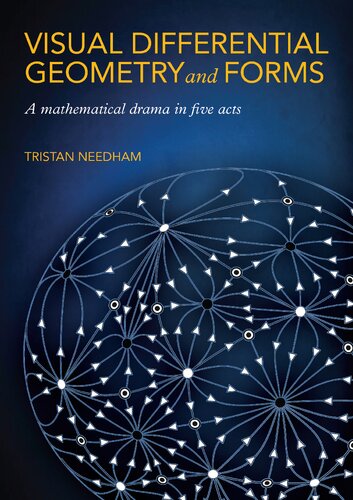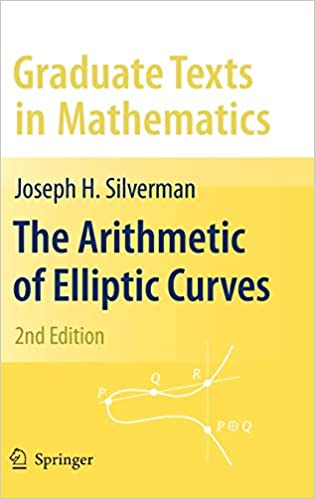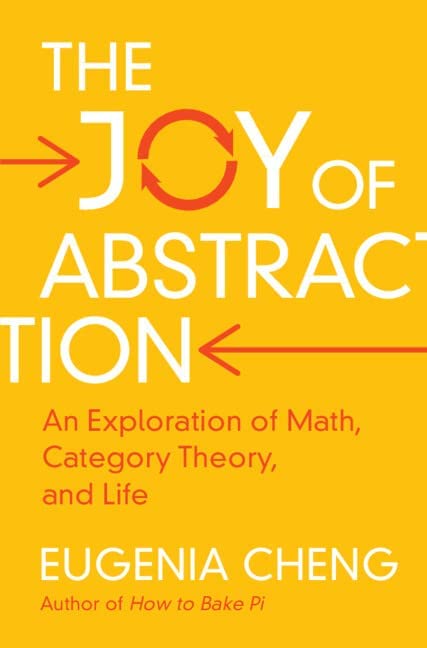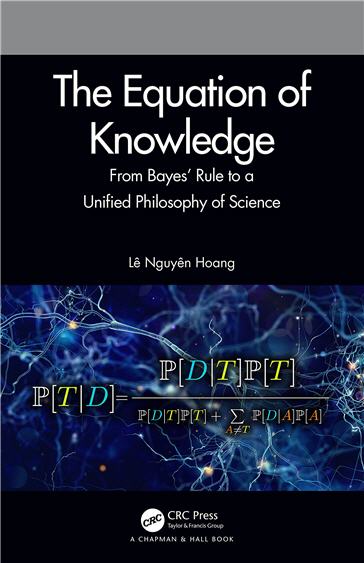Differential Equations and Boundary Value Problems: Computing and Modeling 5th Edition by C. Edwards, ISBN-13: 978-0321796981
[PDF eBook eTextbook]
- Publisher: Pearson; 5th edition (September 4, 2014)
- Language: English
- 792 pages
- ISBN-10: 0321796985
- ISBN-13: 978-0321796981
For introductory courses in Differential Equations.
This best-selling text by these well-known authors blends the traditional algebra problem solving skills with the conceptual development and geometric visualization of a modern differential equations course that is essential to science and engineering students. It reflects the new qualitative approach that is altering the learning of elementary differential equations, including the wide availability of scientific computing environments like Maple, Mathematica, and MATLAB. Its focus balances the traditional manual methods with the new computer-based methods that illuminate qualitative phenomena and make accessible a wider range of more realistic applications. Seldom-used topics have been trimmed and new topics added: it starts and ends with discussions of mathematical modeling of real-world phenomena, evident in figures, examples, problems, and applications throughout the text.
Table of Contents:
1. First-Order Differential Equations
1.1 Differential Equations and Mathematical Models
1.2 Integrals as General and Particular Solutions
1.3 Slope Fields and Solution Curves
1.4 Separable Equations and Applications
1.5 Linear First-Order Equations
1.6 Substitution Methods and Exact Equations
2. Mathematical Models and Numerical Methods
2.1 Population Models
2.2 Equilibrium Solutions and Stability
2.3 Acceleration Velocity Models
2.4 Numerical Approximation: Euler’s Method
2.5 A Closer Look at the Euler Method
2.6 The Runge Kutta Method
3. Linear Equations of Higher Order
3.1 Introduction: Second-Order Linear Equations
3.2 General Solutions of Linear Equations
3.3 Homogeneous Equations with Constant Coefficients
3.4 Mechanical Vibrations
3.5 Nonhomogeneous Equations and Undetermined Coefficients
3.6 Forced Oscillations and Resonance
3.7 Electrical Circuits
3.8 Endpoint Problems and Eigenvalues
4. Introduction to Systems of Differential Equations
4.1 First-Order Systems and Applications
4.2 The Method of Elimination
4.3 Numerical Methods for Systems
5. Linear Systems of Differential Equations
5.1 Matrices and Linear Systems
5.2 The Eigenvalue Method for Homogeneous Systems
5.3 A Gallery of Solution Curves of Linear Systems
5.4 Second-Order Systems and Mechanical Applications
5.5 Multiple Eigenvalue Solutions
5.6 Matrix Exponentials and Linear Systems
5.7 Nonhomogeneous Linear Systems
6. Nonlinear Systems and Phenomena
6.1 Stability and the Phase Plane
6.2 Linear and Almost Linear Systems
6.3 Ecological Models: Predators and Competitors
6.4 Nonlinear Mechanical Systems
6.5 Chaos in Dynamical Systems
7. Laplace Transform Methods
7.1 Laplace Transforms and Inverse Transforms
7.2 Transformation of Initial Value Problems
7.3 Translation and Partial Fractions
7.4 Derivatives, Integrals, and Products of Transforms
7.5 Periodic and Piecewise Continuous Input Functions
7.6 Impulses and Delta Functions
8. Power Series Methods
8.1 Introduction and Review of PowerSeries
8.2 Series Solutions Near Ordinary Points
8.3 Regular Singular Points
8.4 Method of Frobenius: The Exceptional Cases
8.5 Bessel’s Equation
8.6 Applications of Bessel Functions
9. Fourier Series Methods and Partial Differential Equations
9.1 Periodic Functions and Trigonometric Series
9.2 General Fourier Series and Convergence
9.3 Fourier Sine and Cosine Series
9.4 Applications of Fourier Series
9.5 Heat Conduction and Separation of Variables
9.6 Vibrating Strings and the One-Dimensional Wave Equation
9.7 Steady-State Temperature and Laplace’s Equation
10. Eigenvalue Methods and Boundary Value Problems
10.1 Sturm Liouville Problems and Eigenfunction Expansions
10.2 Applications of Eigenfunction Series
10.3 Steady Periodic Solutions and Natural Frequencies
10.4 Cylindrical Coordinate Problems
10.5 Higher-Dimensional Phenomena
C. Henry Edwards is emeritus professor of mathematics at the University of Georgia. He earned his Ph.D. at the University of Tennessee in 1960, and recently retired after 40 years of classroom teaching (including calculus or differential equations almost every term) at the universities of Tennessee, Wisconsin, and Georgia, with a brief interlude at the Institute for Advanced Study (Princeton) as an Alfred P. Sloan Research Fellow. He has received numerous teaching awards, including the University of Georgia’s honoratus medal in 1983 (for sustained excellence in honors teaching), its Josiah Meigs award in 1991 (the institution’s highest award for teaching), and the 1997 statewide Georgia Regents award for research university faculty teaching excellence. His scholarly career has ranged from research and dissertation direction in topology to the history of mathematics to computing and technology in the teaching and applications of mathematics. In addition to being author or co-author of calculus, advanced calculus, linear algebra, and differential equations textbooks, he is well-known to calculus instructors as author of The Historical Development of the Calculus (Springer-Verlag, 1979). During the 1990s he served as a principal investigator on three NSF-supported projects: (1) A school mathematics project including Maple for beginning algebra students, (2) A Calculus-with- Mathematica program, and (3) A MATLAB-based computer lab project for numerical analysis and differential equations students.
David E. Penney, University of Georgia, completed his Ph.D. at Tulane University in 1965 (under the direction of Prof. L. Bruce Treybig) while teaching at the University of New Orleans. Earlier he had worked in experimental biophysics at Tulane University and the Veteran’s Administration Hospital in New Orleans under the direction of Robert Dixon McAfee, where Dr. McAfee’s research team’s primary focus was on the active transport of sodium ions by biological membranes. Penney’s primary contribution here was the development of a mathematical model (using simultaneous ordinary differential equations) for the metabolic phenomena regulating such transport, with potential future applications in kidney physiology, management of hypertension, and treatment of congestive heart failure. He also designed and constructed servomechanisms for the accurate monitoring of ion transport, a phenomenon involving the measurement of potentials in microvolts at impedances of millions of megohms. Penney began teaching calculus at Tulane in 1957 and taught that course almost every term with enthusiasm and distinction until his retirement at the end of the last millennium. During his tenure at the University of Georgia he received numerous University-wide teaching awards as well as directing several doctoral dissertations and seven undergraduate research projects. He is the author of research papers in number theory and topology and is the author or co-author of textbooks on calculus, computer programming, differential equations, linear algebra, and liberal arts mathematics.
What makes us different?
• Instant Download
• Always Competitive Pricing
• 100% Privacy
• FREE Sample Available
• 24-7 LIVE Customer Support




Hannah Spencer (verified owner) –
Impressive speed and quality service.